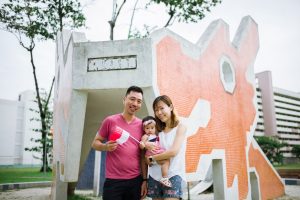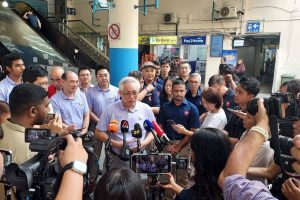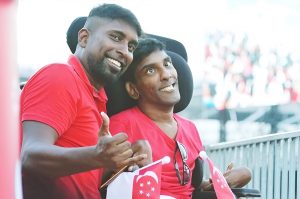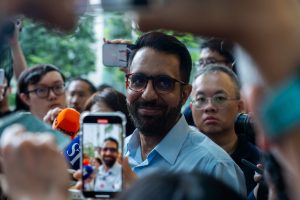People cast their votes for the opposition to signal unhappiness with high costs of living, liberal immigration policies, and strains in public transport. It didn’t matter who the opposition party was—one voted for the opposition as a matter of pragmatic dissent, even if the opposition candidates committed gaffes, made sexist remarks, or were charged for being a public nuisance.
A More “Credible” Slate of Opposition Candidates
Today, we have a stronger opposition presence, with a record total of 12 opposition parties contesting the 13th General Elections. (*One of them, SingFirst, has since been proactively dissolved. Another, the Democratic Progressive Party, has also dropped out, bringing the revised total to 10.) On the whole, the opposition landscape is more diverse, and its candidates, far more credible.
The opposition scene is still fragmented, for sure, and there still exists a great variety of parties, most of them indistinguishable from the other. Smaller parties in particular struggle with problems of name brand recognition. Many also seem to be dominated by personal egos rather than party policy. Party institutionalisation does not seem to be strong, driven by ‘star catches’ rather than coherent political visions.
Without a seat in parliament, and without an active online presence, they seem to emerge once every five years, only to disappear from the radar once elections end. (To be fair, this criticism has been directed at some PAP MPs as well. Opposition parties may also find it harder to remain relevant without running a constituency).
For some, the goal seems to be the more modest goal of avoiding losing their deposit (parties must meet the minimum vote threshold of 12.5%), or for the more ambitious, emerging as the “best loser” in order to gain an NCMP seat. Yet some have emerged from the pack, distinguishing themselves from the rest through consistent performance in parliament, concerted branding efforts, and active participation even outside of electioneering season.
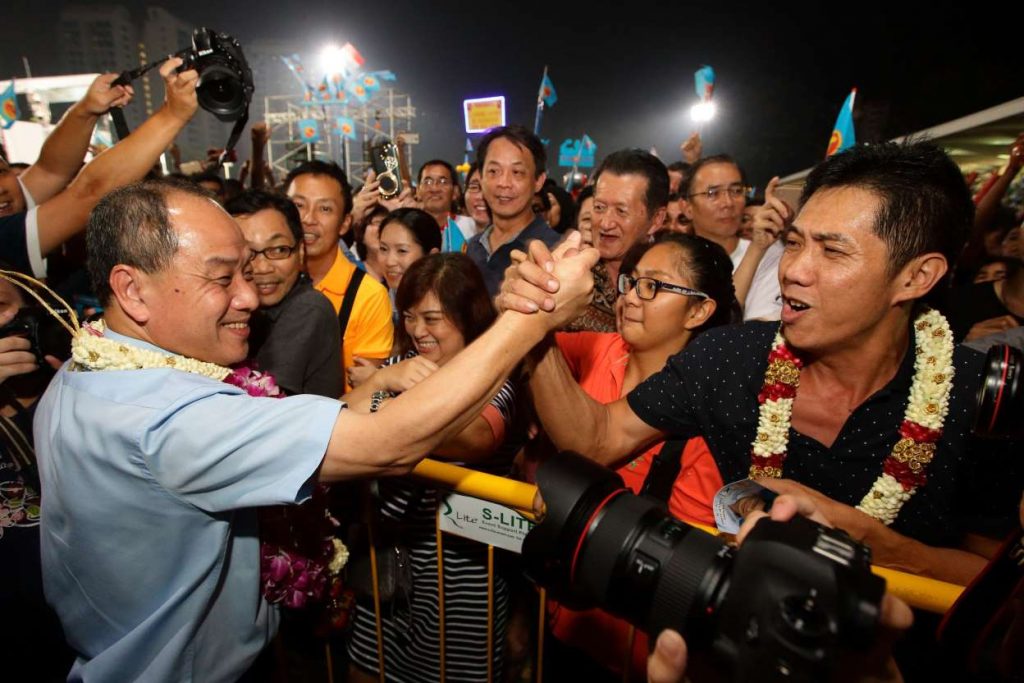
In fact, some opposition parties such as the PSP even challenge the PAP’s traditional idea of who a “credible” candidate is, arguing that their candidates come from “all walks of life”. Notably, the Workers’ Party is fielding new candidate Muhammad Azhar Bin Abdul Latip, a Grab driver and aspiring para-athlete.
Check and Balance?
As Singapore’s opposition parties mature, however, it is worth asking what roles they currently play, and what roles they should play in Singapore’s brand of democracy.
Currently, the only elected opposition party, the Workers’ Party, has framed the need for opposition to serve as a “Check and Balance”. This phrase is neither new nor unique to the Workers’ Party—many other prominent politicians such as Chiam See Tong and Chee Soon Juan have used this phrase over the past few decades when convincing voters why they should vote for the opposition.
The Workers’ Party’s Low Thia Khiang expressed it most colourfully in his famous 2011 GE analogy: “The co-driver is there to slap the driver when he veers off-course.”
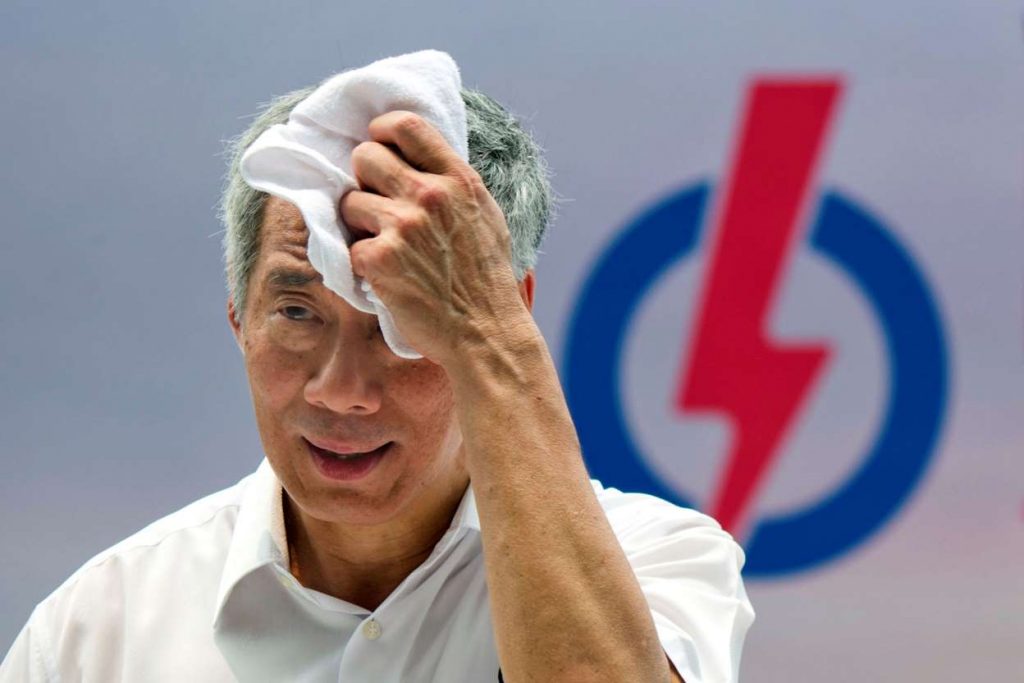
What does “check and balance” mean in practice? If the Workers’ Party’s performance in parliament is anything to go by, it means opposition parties—even if voted into parliament—might not necessarily table bills of their own, but exist simply to help the ruling party refine theirs. This is a politics of incremental shifts: one that is reactive, and operates at the margins.
In the 13th Parliament (2016-2020), Workers’ Party members (5 MPs and 3 NCMPs) have spoken up a total of 653 times, averaging about 72.5 times per person. Of course, one should not mistake quantity for substance, or effectiveness. They have yet to table any bills of their own, even if they have opposed several, such as POFMA. Still, their presence has undoubtedly improved the quality of parliamentary debate.
The Workers’ Party brand of incremental, policy-driven politics also means it has not taken a political stand on issues such as LGBTQ discrimination, or specifically, the repeal of 377A, with Secretary-General Pritam Singh emphasising that the party “will not participate in the culture war” over LGBT issues.
This seems to be in line with their self-professed goal to be a “check and balance”—to be a party that scrutinises PAP policies and critiques them at particular junctures, rather than a party with a clear set of ideologies, distinctive from the PAP. For this reason, some critics have dismissed the Workers’ Party as merely “PAP-lite”, a mild variation of the same that appeases voters’ demands for greater plurality in parliament.
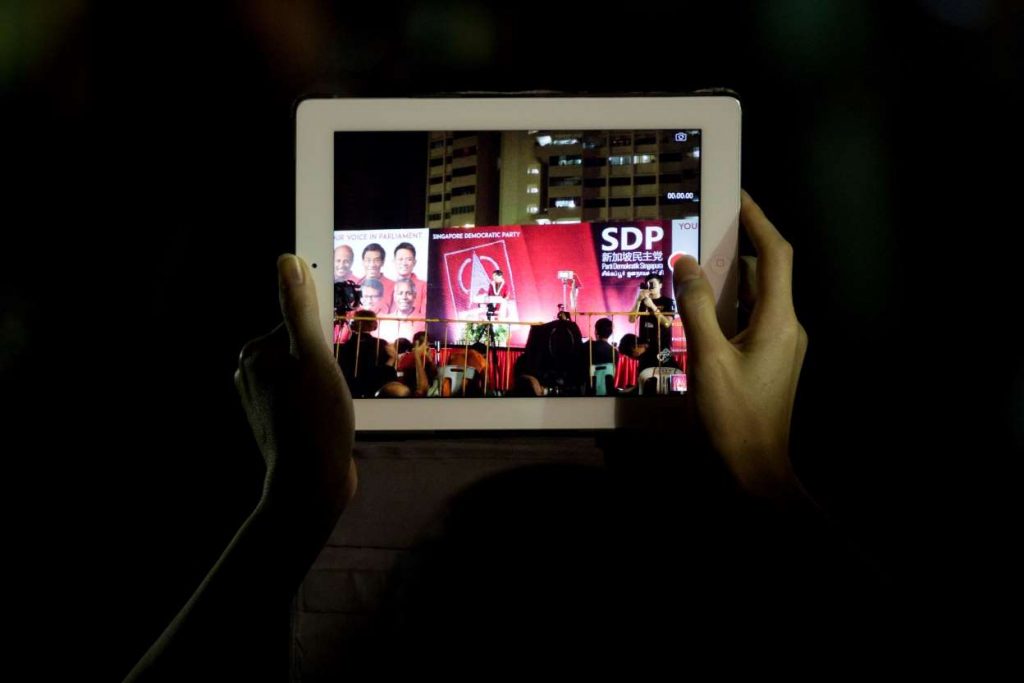
Unlike the Workers’ Party, party leaders such as Dr Chee Soon Juan and Dr Paul Tambyah have spoken up decisively on repealing 377A, and count many experienced civil society leaders amongst their members, such as long-time social activist Jolovan Wham. Yet, the SDP has not been able to translate their clear vision into electoral success, perhaps confirming the suspicions of some commentators that on the whole, Singaporeans care more about “bread and butter issues” than “abstract Western liberal ideologies”.
Do We Need Greater Opposition Presence?
The opposition itself acknowledges that in its current state, it is not ready to form an alternative government, and have expressed much more modest ambitions at being a checking mechanism.
Still, it is worth addressing the second part: the normative question of whether greater opposition is good for Singapore in the long-run. Many commentators have spoken against a two-party system, viewing two-party democracies like the United States as one that would lead to unnecessary partisanship and gridlock, producing worse outcomes on the whole for Singapore.
Others argue that a lack of a PAP supermajority would give the government a “weak mandate” to carry forth with its policies. ESM Goh Chok Tong has himself expressed a desire to see the ruling political party govern with a “clear majority” of seats in Parliament to come across as a strong government.
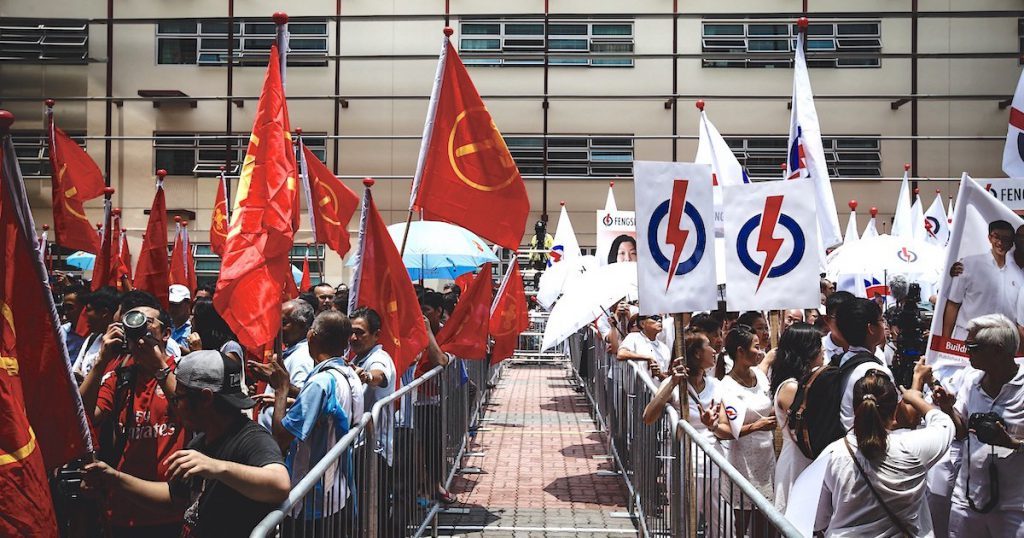
Similarly, in a bid to encourage a more “consensual style of government where alternative views are heard and constructive dissent accommodated”, the NMP scheme was introduced in 1990.
Critics, however, argue that these schemes diminish voters’ desire for strong opposition parties, and perhaps subconsciously inhibit the opposition itself. The Workers’ Party Low Thia Khiang has called the NCMP scheme “a drug to Opposition parties”, arguing that it may encourage opposition members to aspire to be NCMPs instead of elected MPs. Describing the NCMP scheme as “duckweed in a pond”, Low further argued NCMPs lacked both political muscle and grassroots grounding.
It is worth noting that revisions to the NCMP scheme proposed in 2016 will come into effect this election, meaning NCMPs will now have equal voting rights as MPs. If NCMPs have equivalent rights as elected representatives, then why do we still need to vote for opposition candidates?
As Pritam Singh noted, “The opposition’s role … is to make sure that the ruling party does not have a blank cheque to do whatever it wants. More NCMP seats will not perform the checking role to induce the PAP to change its political course. The opposition’s role is meaningful when voters elect an opposition with an elected mandate to speak for Singaporeans. An unelected opposition in Parliament cannot change the PAP. GE 2011 and the Government’s response to shift to the left proved that.”
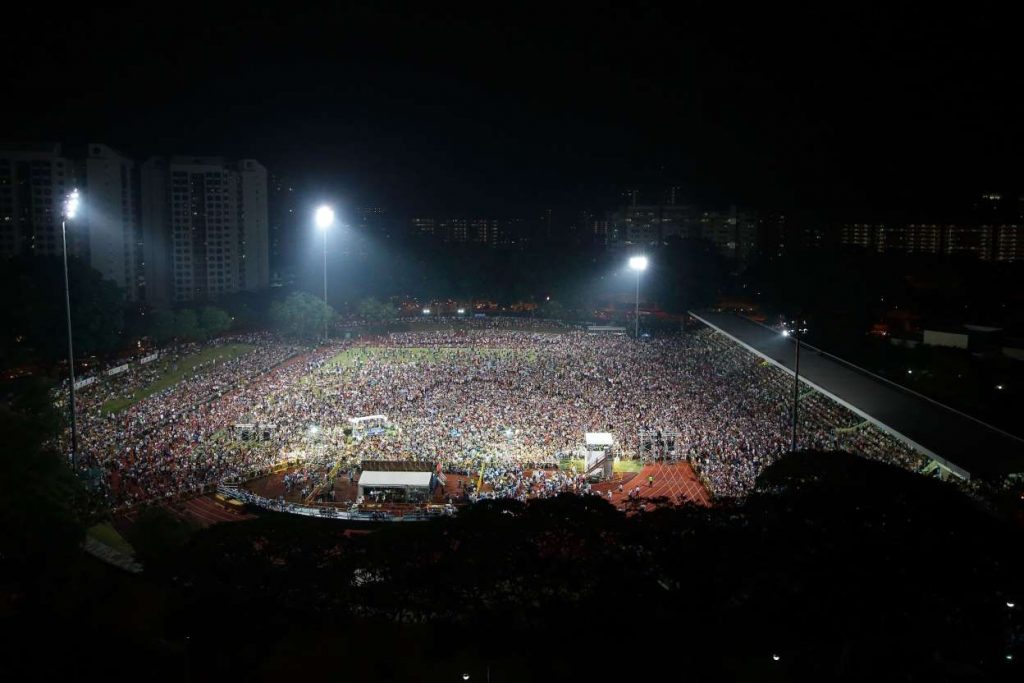
The reality of course is that voting does not work that way, and individual voters cannot predict how other voters will vote. Electoral outcomes cannot be carefully engineered collectively—individual voters would have to weigh several factors in deciding whom to cast their vote for, and judge candidates on their own merits.
At Least We Have An Opposition
Still, as a first-time voter eager to cast my vote come July 10, I am grateful that at the very least, I have the opportunity to vote. It was not too long ago before this was a choice not even afforded to most Singaporeans, since many electoral divisions went uncontested. As recently as 2001, the fate of the next government was already sealed prior to election day—the PAP was returned to power on Nomination Day, winning more than ⅔ of seats as a result of walkovers.
Coming of age amidst the 2011 elections, and attending my first political rally amidst a jubilant crowd and witnessing the historic win of Aljunied GRC by the Workers’ Party, I remember being hopeful about the political future of Singapore. To me, these were the signs of a growing opposition scene in a maturing democracy. In fact, I found myself asking how those from my parents’ generation could tolerate uncontested elections for so long, wondering if their apolitical ambivalence was a carefully manufactured outcome.
Perhaps the value of an opposition is not merely in the policies they propose, but in their very existence.
For one, their presence has galvanised a growing political consciousness in Singapore, by demonstrating that there are in fact competing views and visions that can, and should, be debated on the national sphere. For another, their very presence means that we, as voters, can exercise our political agency as citizens of Singapore, through the process of voting which itself serves as a kind of ritual or rite of passage.
Regardless of whom I vote for, and regardless of the quality of the opposition, the fact that an opposition presence exists in Singapore is something I deeply cherish, and something we should not take for granted.
The rest can come later.

